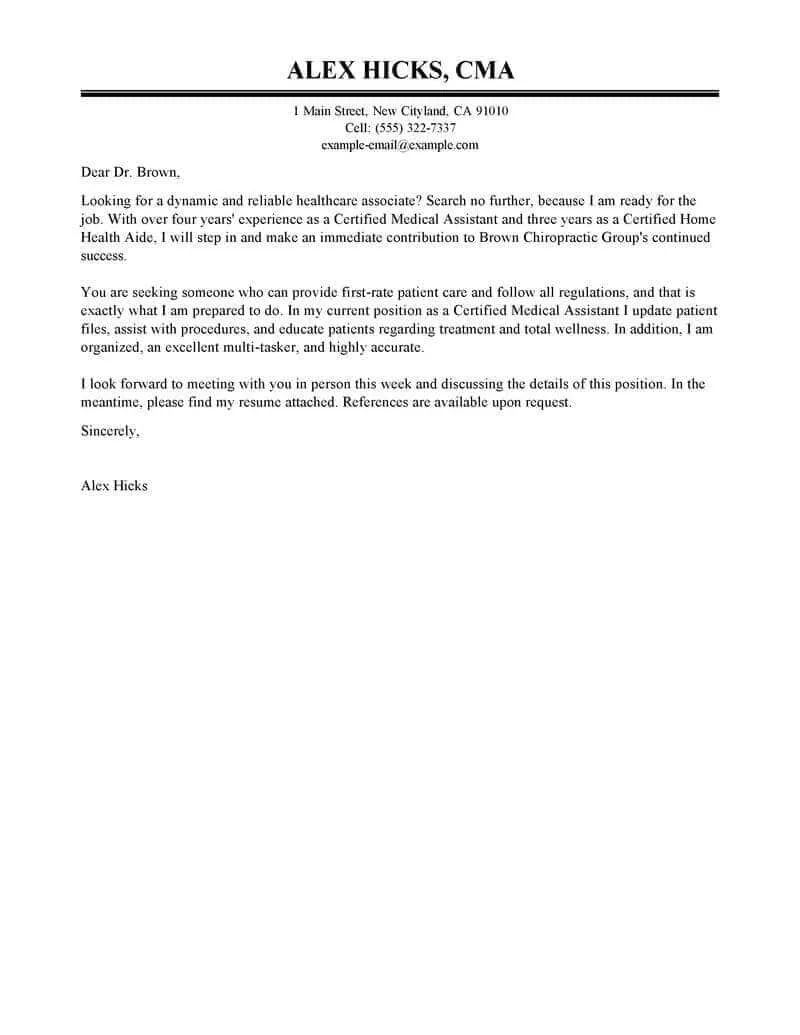What is a Cover Letter?
A cover letter is a crucial document that accompanies your resume when you apply for a job. It serves as an introduction, allowing you to highlight your key skills, experiences, and qualifications in a more personalized and engaging manner. Unlike a resume, which provides a factual summary of your career, a cover letter enables you to showcase your personality, express your genuine interest in the position, and demonstrate how your unique capabilities align with the specific requirements of the role and the needs of the hiring company. A well-crafted cover letter can significantly increase your chances of getting noticed by employers and securing an interview, making it an essential component of any successful job application strategy.
Purpose of a Cover Letter
The primary purpose of a cover letter is to persuade the hiring manager that you are a strong candidate for the job. It provides an opportunity to elaborate on your qualifications in a way that a resume alone cannot. It allows you to demonstrate your understanding of the company, the role, and the industry. A cover letter enables you to explain any gaps in your employment history or career changes. It can also be used to express your enthusiasm for the position and the company and show how your career aspirations align with the organization’s goals. The goal is to encourage the reader to review your resume and consider you for an interview.
Key Components of a Cover Letter
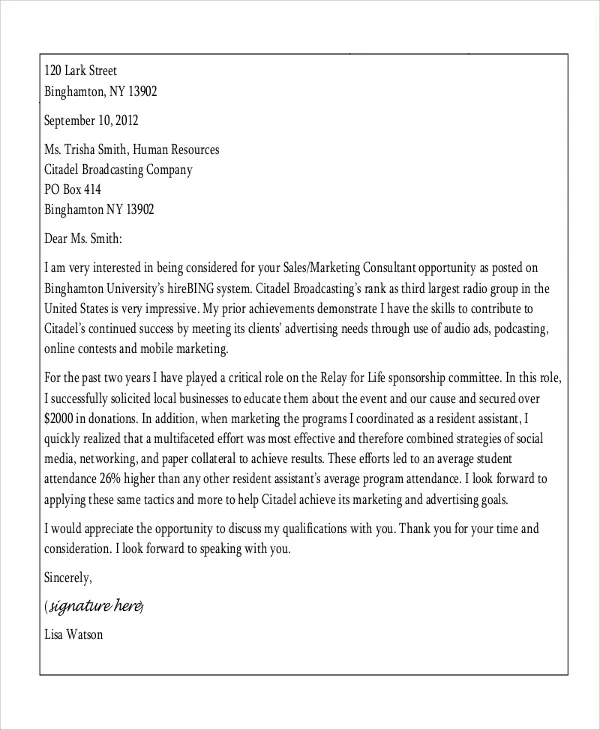
A successful cover letter typically includes several key components that work together to create a compelling narrative. These include a professional header with your contact information, a personalized greeting addressing the hiring manager or recruiter by name, an engaging opening paragraph that immediately captures their attention, a body that highlights relevant skills and experiences, a clear call to action encouraging the reader to review your resume or contact you for an interview, and a professional closing expressing gratitude and reiterating your interest. Each component plays a vital role in conveying your qualifications, interest, and professionalism.
Cover Letter Example Structure
Structuring your cover letter effectively is crucial to ensure it is clear, concise, and persuasive. The structure should be logical and easy to follow. Following a well-defined structure helps you present your information in a clear and organized manner. A standard cover letter structure will enhance your chances of leaving a positive impression on the hiring manager.
Header Section
The header of your cover letter should include your contact information, such as your name, address, phone number, and email address. It’s important to ensure that the information is current and professional. A professional-looking header sets the tone for the rest of your letter and helps the hiring manager easily identify and contact you if they are interested in your application. Ensure your header is clean and simple, matching the formatting of your resume for a consistent appearance.
Greeting
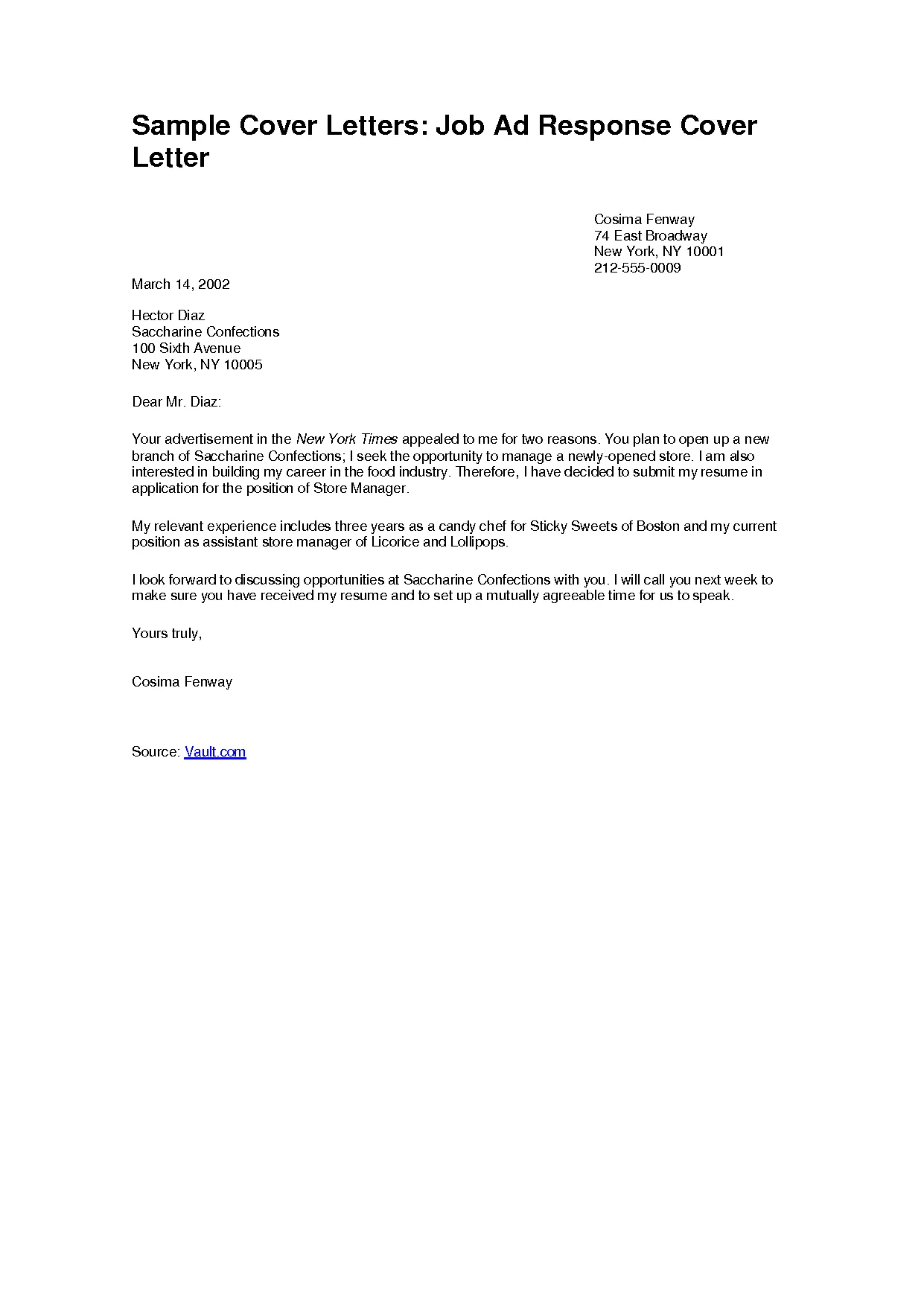
The greeting sets the tone for your cover letter. Always aim to address the hiring manager or recruiter by name. Doing so shows you’ve taken the time to research the company and the specific role. If you can’t find a name, use a general salutation like “Dear Hiring Manager” or “Dear [Department Name] Hiring Team.” Avoid generic greetings. Personalizing this section makes a positive first impression.
Opening Paragraph
Your opening paragraph is your first chance to grab the reader’s attention. Clearly state the position you’re applying for and how you learned about it. Briefly mention something that sparked your interest in the company or the role. Consider including a strong statement about your key qualifications or a notable accomplishment. This paragraph should capture the hiring manager’s interest and encourage them to continue reading. Make it engaging, concise, and relevant to the job.
Body Paragraphs
The body paragraphs form the core of your cover letter. This is where you expand on your skills, experiences, and qualifications. Use this space to highlight your relevant accomplishments and how they align with the job requirements. Back up your claims with specific examples, providing context and quantifiable results whenever possible. Show how your skills and experiences make you an ideal candidate. Keep the focus on the value you can bring to the company and demonstrate your understanding of the job responsibilities.
Highlighting Relevant Skills and Experiences
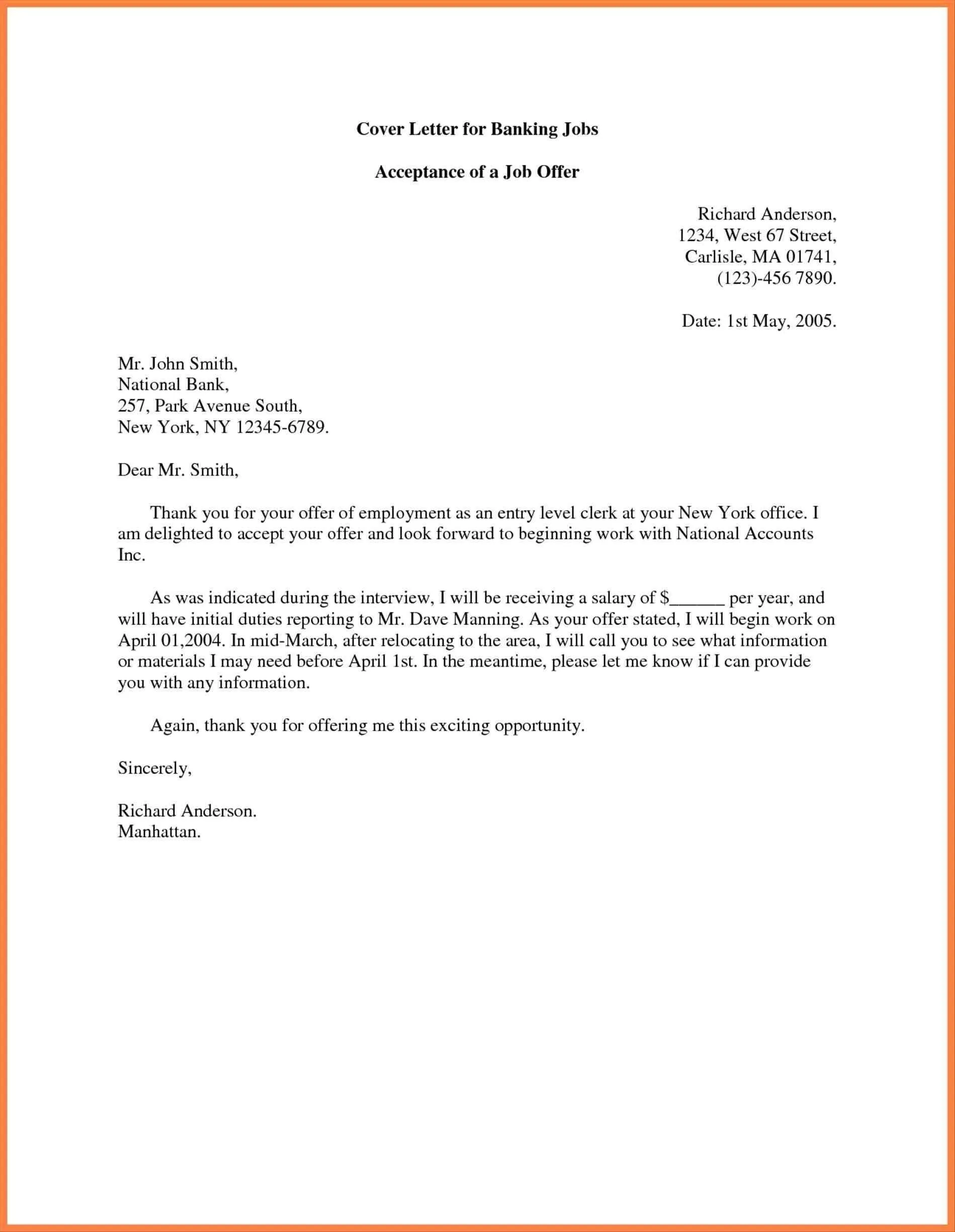
In your body paragraphs, carefully select and highlight the skills and experiences that are most relevant to the job description. Tailor your letter to emphasize the specific requirements and keywords mentioned in the job posting. Use action verbs to describe your accomplishments and showcase your abilities. Whenever possible, provide concrete examples and quantifiable results that demonstrate your impact. For example, instead of saying you ‘managed projects’, you might say ‘Managed 5 cross-functional projects, delivered on time and under budget by 15%’. This level of detail helps the hiring manager understand the value you bring.
Demonstrating Company Knowledge and Interest
A great cover letter shows that you’ve researched the company and understand its mission, values, and recent developments. Mentioning something specific about the company that resonates with you shows genuine interest. Discuss how your skills and experience align with the company’s goals and how you can contribute to its success. Tailor your letter to demonstrate a clear understanding of the company’s culture and what makes it unique. This helps you stand out as a candidate who has taken the time to understand the organization.
Call to Action
Your call to action should be a clear and concise statement of what you want the hiring manager to do next. It is an invitation to review your resume or schedule an interview. You can express your enthusiasm for the opportunity and reiterate your interest in the position and the company. Make it easy for the hiring manager to take the next step. Thank the reader for their time and consideration, demonstrating your professionalism and appreciation.
Closing
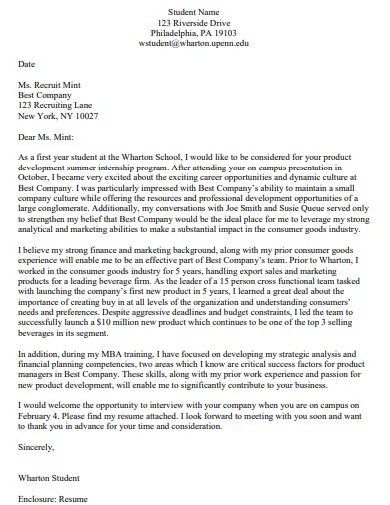
The closing paragraph of your cover letter should reiterate your interest in the position and thank the hiring manager for their time and consideration. Include a professional closing, such as “Sincerely,” or “Best regards,” followed by your typed name. Make sure to proofread your entire cover letter before sending it. A well-crafted closing reinforces your professionalism and leaves a positive, lasting impression, making you stand out from the other candidates.
Cover Letter Example for Specific Industries
Cover letters should be customized to the industry you are applying to. Tailoring your cover letter demonstrates your understanding of the industry’s specific demands and shows you have done your research. It also showcases your unique skills and experiences that make you a great match for that particular field. By focusing on the industry-specific requirements, you demonstrate your genuine interest and increase your chances of landing the job.
Example for Marketing
A marketing cover letter should highlight your ability to drive results and your understanding of marketing strategies. Include examples of successful campaigns you’ve led and the impact they had. Mention your experience with relevant marketing tools and platforms. Emphasize your skills in areas like content creation, social media management, and data analysis. Show enthusiasm for the company’s marketing efforts and how you can contribute to their success.
Example for IT
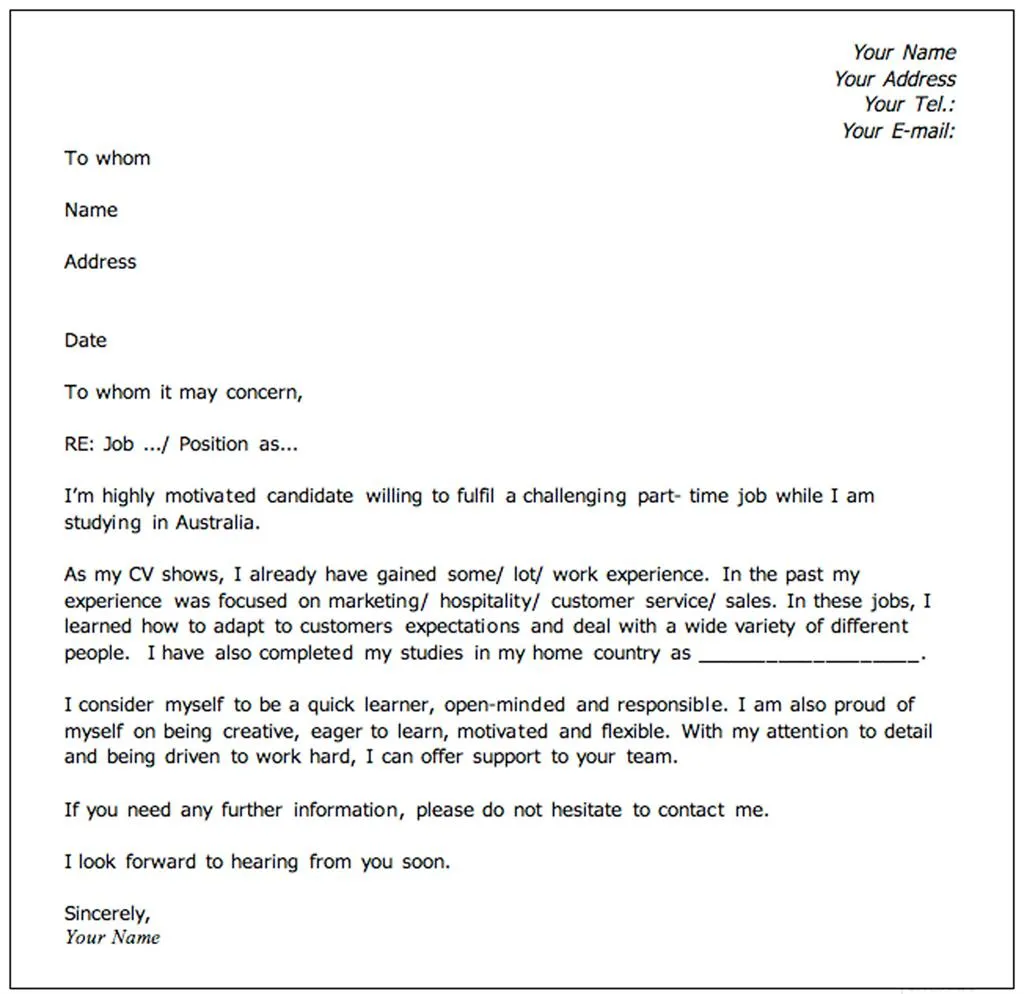
An IT cover letter should focus on your technical skills and your experience in the IT field. List your expertise in programming languages, software, and hardware. Describe your experience with troubleshooting and problem-solving. Demonstrate your ability to work effectively as part of a team and to communicate technical information clearly. Highlight any certifications or specializations you have. The goal is to show how you can provide technical solutions and improve efficiency.
Example for Healthcare
A healthcare cover letter should emphasize your understanding of patient care, medical procedures, and healthcare regulations. Highlight your experience working with patients and your ability to maintain a calm and professional demeanor. Mention any certifications or licenses you hold. Demonstrate your knowledge of medical terminology and healthcare practices. Your letter should convey your dedication to patient well-being and your commitment to the highest standards of care.
Tips for Writing an Effective Cover Letter
Writing an effective cover letter requires careful attention to detail and a strategic approach. Providing a great cover letter that showcases your expertise, skills, and qualifications is essential for a successful job application. Proofreading, formatting, and tailoring your letter for each job are crucial steps. Adhering to these writing tips is vital to ensure your cover letter leaves a positive impression.
Tailoring Your Letter to the Job
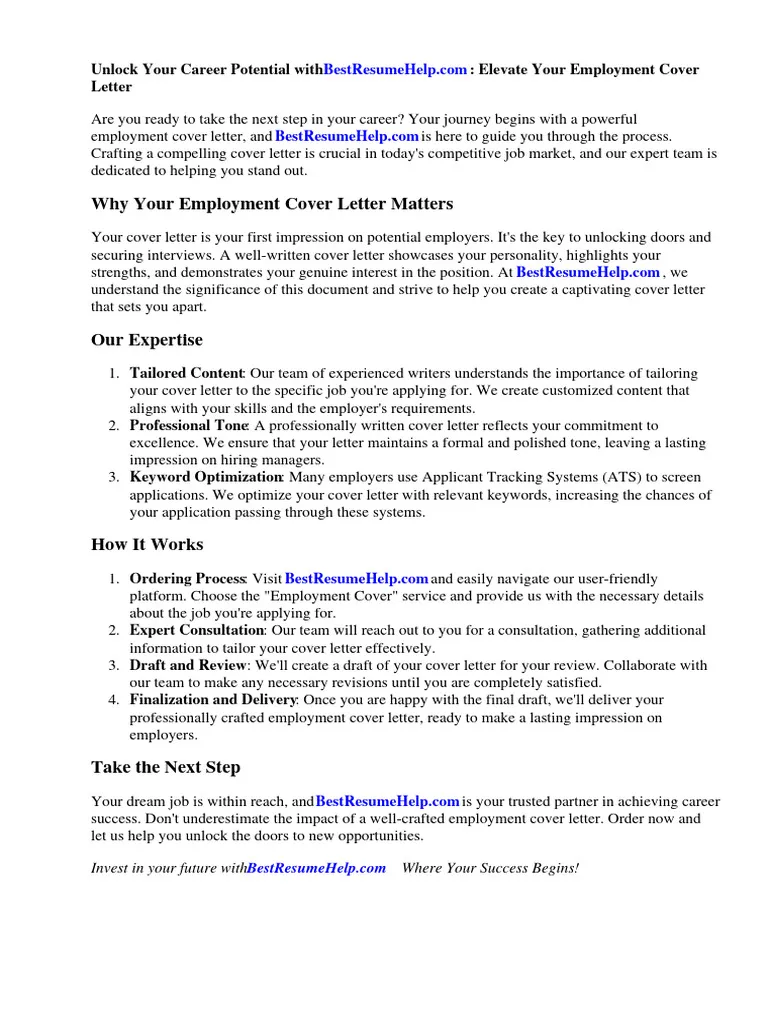
Each cover letter should be tailored to the specific job you’re applying for. Carefully review the job description and identify the key skills, experiences, and qualifications the employer is seeking. Modify your letter to highlight how your skills and experiences align with their requirements. Use the same keywords and phrases found in the job description to demonstrate your suitability. Tailoring shows you understand the needs of the employer and that you are a good fit for the role.
Proofreading and Editing
Proofreading and editing your cover letter is vital to ensure it is free of errors. Typos, grammatical mistakes, and inconsistencies can reflect poorly on your professionalism and attention to detail. Read your letter carefully multiple times. Use spell-check and grammar-check tools, but don’t rely solely on them. It’s also a good idea to have someone else proofread your letter for you. A fresh pair of eyes can catch errors you might have missed. A polished, error-free cover letter demonstrates your attention to detail and increases your chances of getting noticed.
Formatting Guidelines
Follow standard formatting guidelines to make your cover letter easy to read and visually appealing. Use a professional-looking font, such as Times New Roman, Arial, or Calibri, in a readable size (11-12 points). Use single spacing within paragraphs and double spacing between paragraphs. Keep your letter concise, ideally within one page. Use clear headings and bullet points to organize your content and make it easy to scan. A well-formatted cover letter is more likely to be read and appreciated.
Common Mistakes to Avoid
Avoid these common mistakes when writing your cover letter to ensure it makes a positive impression. Not tailoring your letter to the specific job is a common mistake. Generic letters are unlikely to capture the hiring manager’s interest. Another mistake is neglecting to proofread. Poor grammar, spelling errors, and typos can undermine your credibility. Avoid using clichés and generic phrases that don’t offer any specific information. Failing to highlight your achievements is also a common mistake.
In conclusion, writing a compelling cover letter is a crucial part of any job application. By carefully crafting your letter and tailoring it to the specific job requirements, you can significantly increase your chances of getting noticed and landing an interview. Remember to highlight your key skills, experiences, and qualifications, while demonstrating your enthusiasm for the position and the company. Avoid common mistakes and always proofread your cover letter before submitting it.
